Looking for signs of Shearwaters Breeding on Cyprus
Guest blog by Antaia Christou
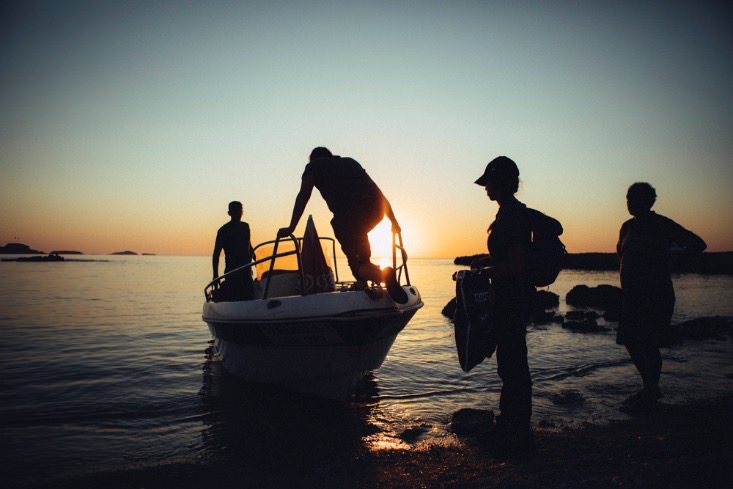
In Cyprus, seabird conservation efforts to date have focused on the breeding colony of Audouin’s Gull (Larus audouinii), Yellow-legged Gull (Larus michahellis) and Mediterranean Shags (Gulosus aristotelis desmarestii) on the Kleides archipelago in the NE corner of the island. However, while Scopoli’s (Calonectris diomedea) and Yelkouan (Puffinus yelkouan) Shearwaters are regularly sighted offshore, mainly in spring and autumn, there is still a gap in our knowledge about the two shearwater species breeding behaviour. While there are no breeding records, the species can be elusive and dedicated surveys are needed to confirm nesting.
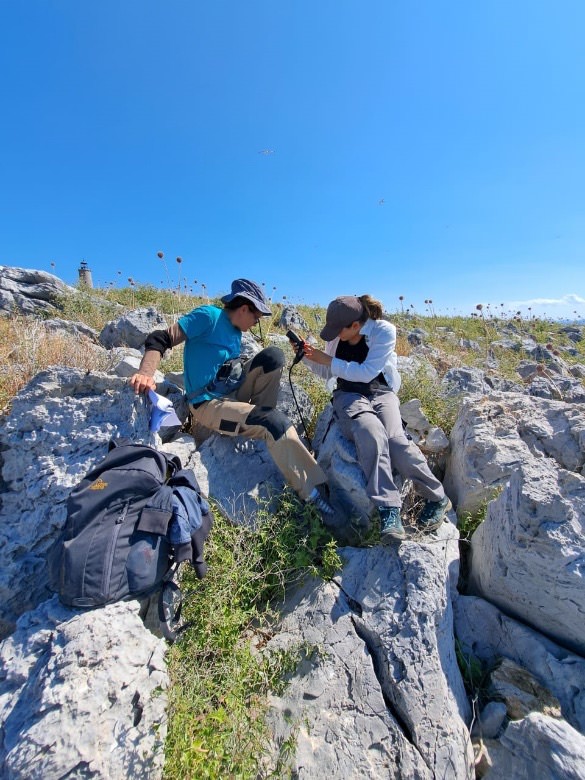
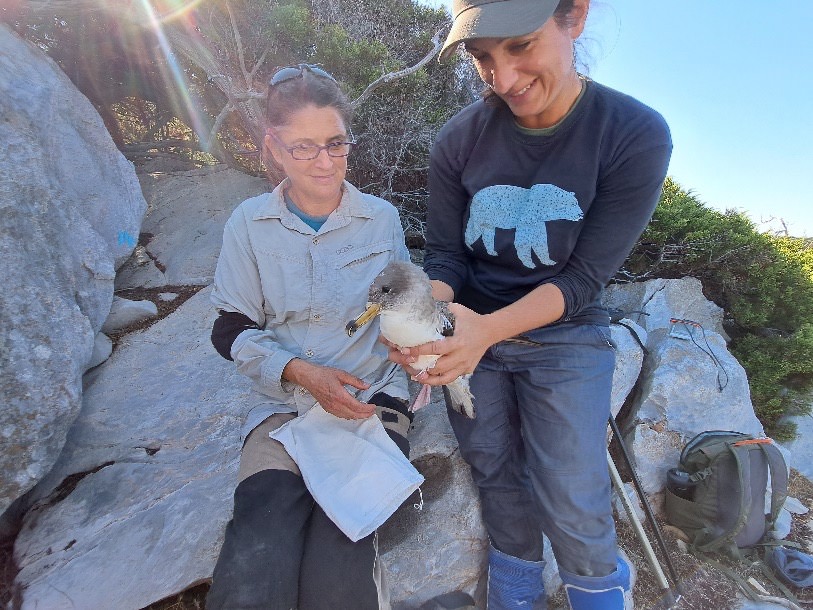
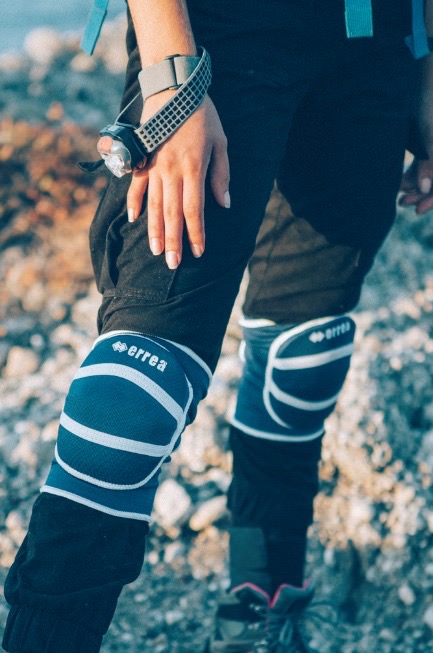
Aiming to bridge this gap, the OSME Conservation Fund supported our efforts to assess the breeding status of Scopoli’s and Yelkouan Shearwaters in Cyprus. To do this, BirdLife Cyprus & KUŞKOR teamed up and began planning. The bi-communal aspect in these efforts was important, as birds, of course, know no dividing lines.
Our first step was to identify likely breeding islets around the island, based on a set of criteria including lithology characteristics, size, wave exposure and vegetation cover. Based on this assessment, we came up with a list of potential islets around the whole of Cyprus.
Stage two of our efforts included targeted training in Skyros, in Greece, led by the Hellenic Ornithological Society (HOS – the BirdLife partner in Greece), in July 2022. HOS has been active in the field of seabird monitoring and conservation since 1995, so they were ideally placed to guide us in surveying methodology and strategies in regards to rodent control, a known threat for these seabird species that affects their breeding success. Additionally, through this training on Skyros island, our teams gained valuable knowledge and the fieldwork skills needed to identify key nesting sites and feeding areas for the Mediterranean Shag (Gulosus aristotelis desmarestii), as well as training on how to catch and handle seabirds and attach small data loggers.
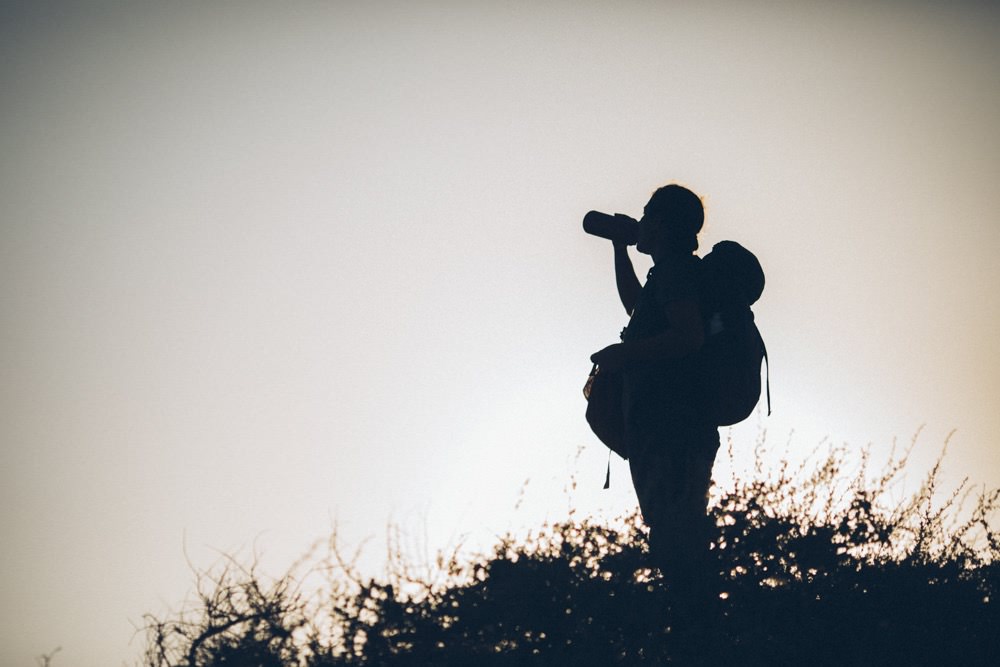


It might look like fun, but surveying remote islets in the Mediterranean is no simple of easy task. Surveys take between 3-6 hours per islet and involve walking around boulders under the scorching sun and sticking your head and hands into potential nesting cavities. Various equipment is needed for this, such as handheld GPS devices, head torches, endoscopes, but also knee padding, hats and of course, plenty of water.
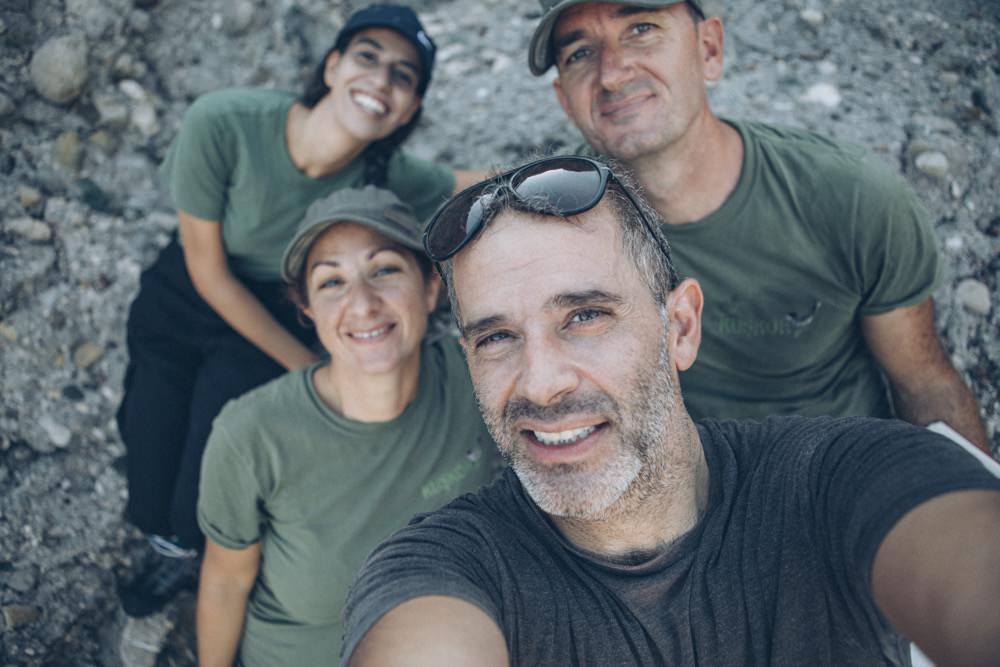
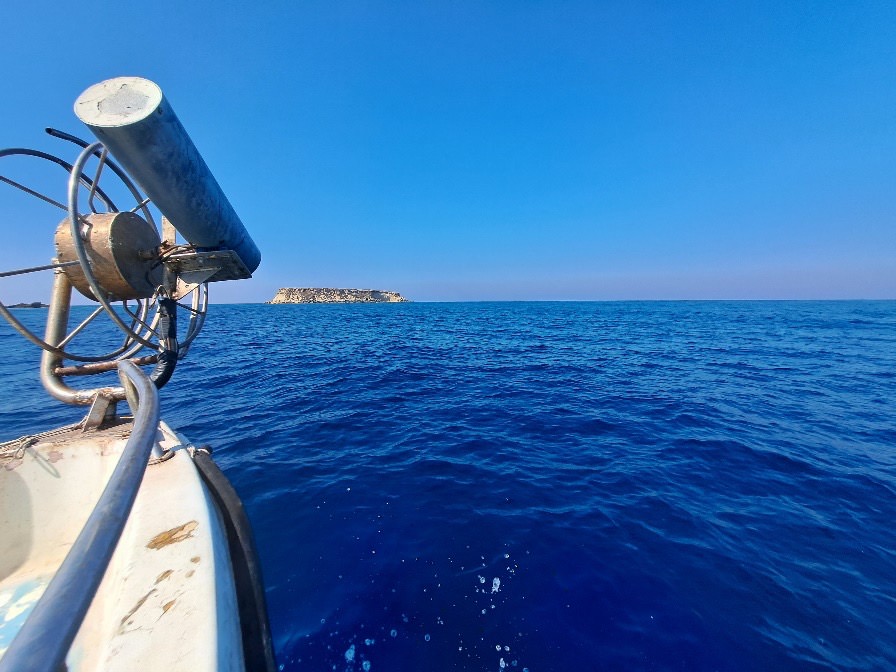
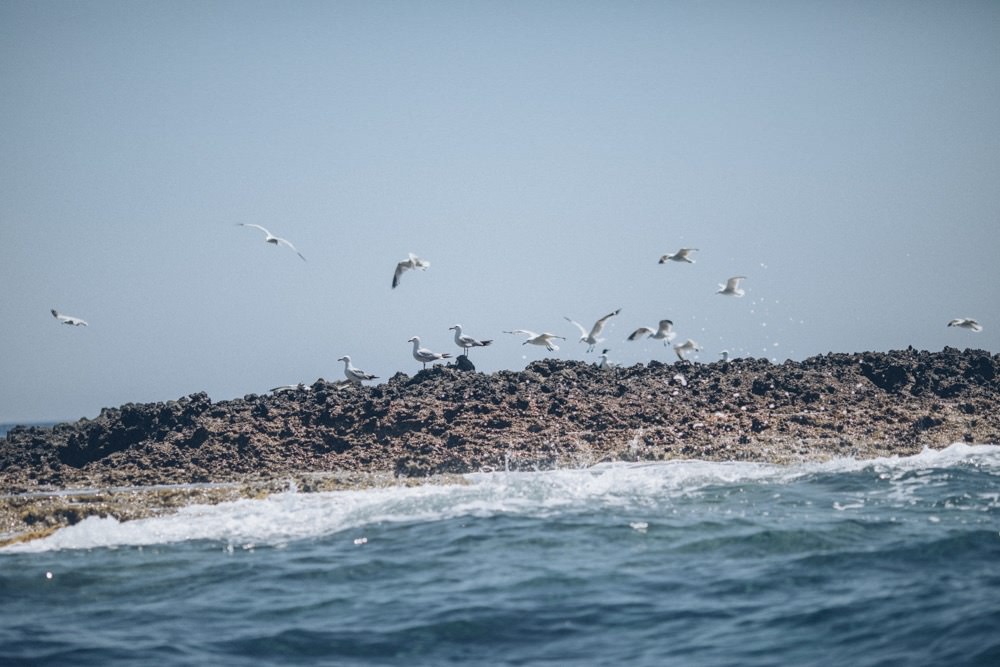
Back in Cyprus, all surveyed islets, 10 in total, showed similar rock formations with limited potential nesting cavities; a maximum 24 on two of the Kleides Islands. Feral pigeons were commonly observed nesting in the entrances of most of the available cavities. But no evidence of shearwater breeding was found. It is not certain whether the apparent absence of breeding on these islets is the result of climatic factors, competition with other seabirds, limited foraging resources in the marine area or the presence of rodents on some of the surveyed islets.
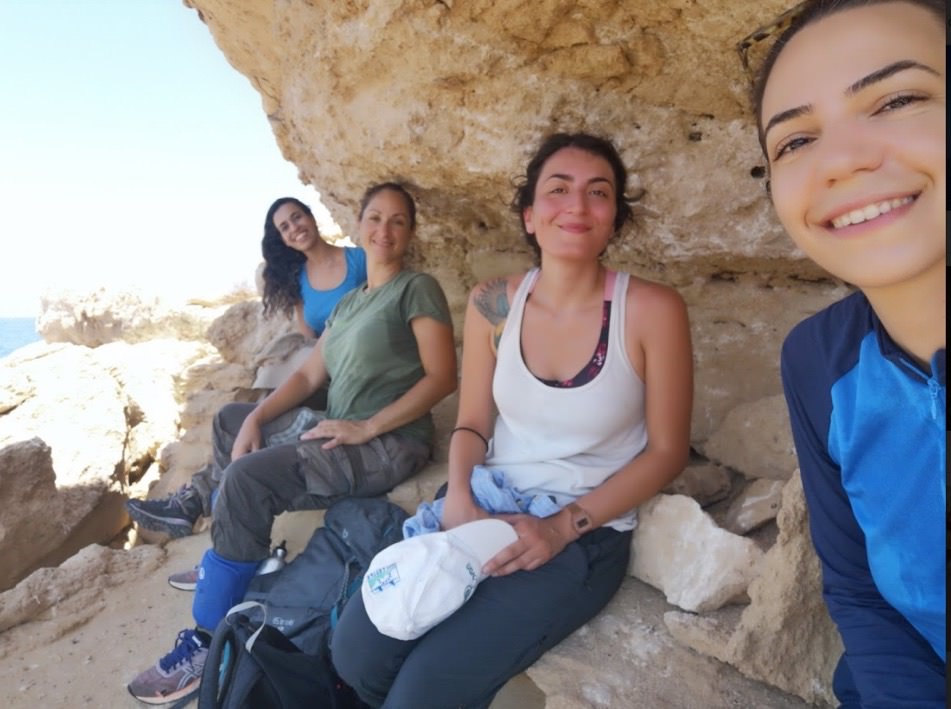
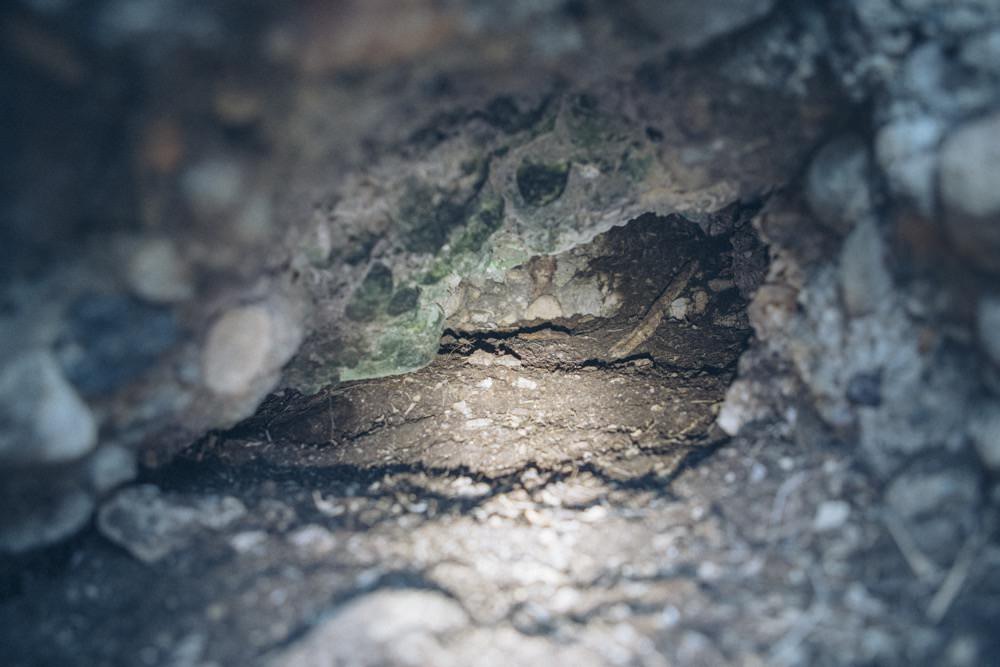
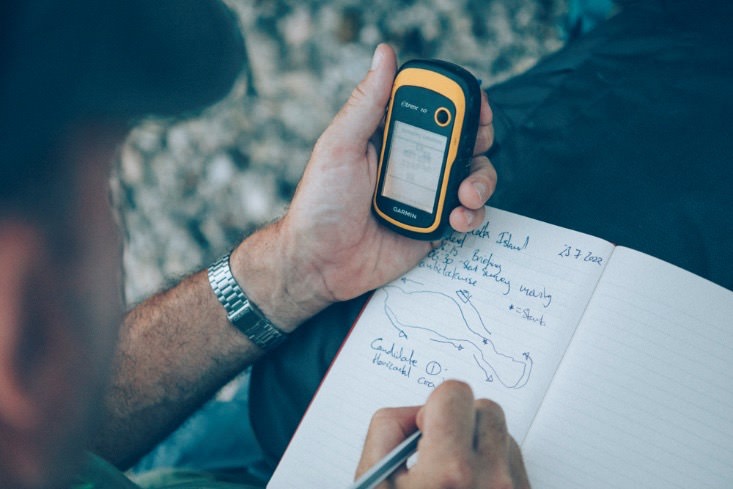
Although we could not confirm breeding of shearwaters in Cyprus, our teams gained invaluable knowledge in seabird monitoring and we discovered two new breeding colonies: a small colony of Pallid Swifts (Apus pallidus) and a small colony of Mediterranean Shags. This survey effort has definitely served to raise awareness and capacity about seabirds species and their habitats around Cyprus. Finally, yet importantly, it strengthened our collaboration with experts in the field and among our two organisations on Cyprus. It has encouraged us to consider the potential impact of rodents on our small islets and to work toward investigating better understanding of this threat and developing restoration work where necessary.
Finally yet importantly, I want to thank OSME who made this project possible. It was an absolute pleasure to work with Danae, Demetra and Aggelos of HOS, Damla, Meryem and Robin of Kuskor, as well as Herakles, the local fisherman who acted as our “chauffeur” to reach the islets safely.
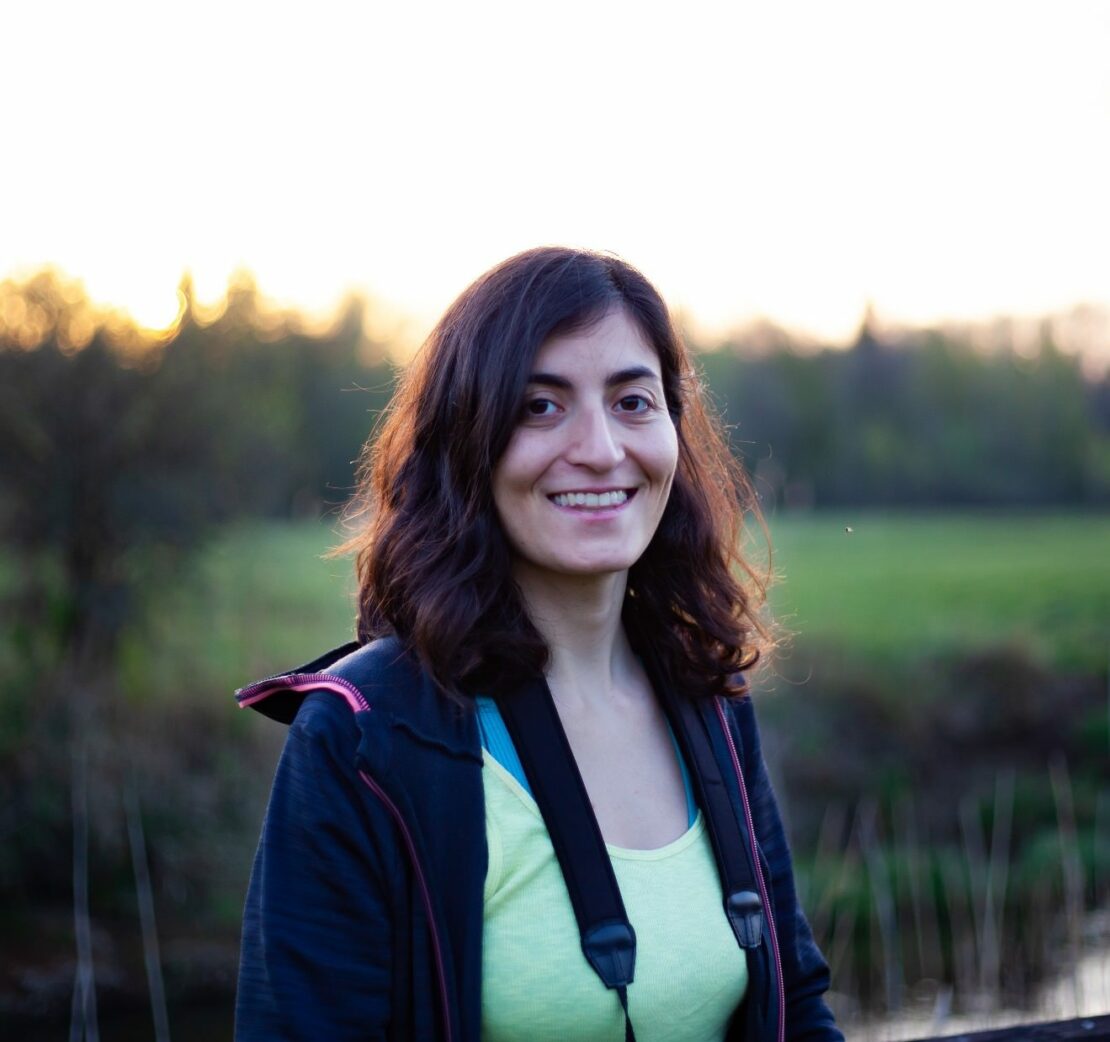
Antaia is a passionate conservationist working on bird conservation projects in Cyprus.
She has been working in the conservation sector for the past eight years and has been part of the BirdLife family for the past five, working for BirdLife Cyprus. Her early career work focused on wildlife crime, but she is currently coordinating BirdLife’s actions in a LIFE IP project (LIFE IP Pandoteira) with a focus on Natura 2000 areas across Cyprus. Her work varies from site management, to species monitoring both at sea and on land.
